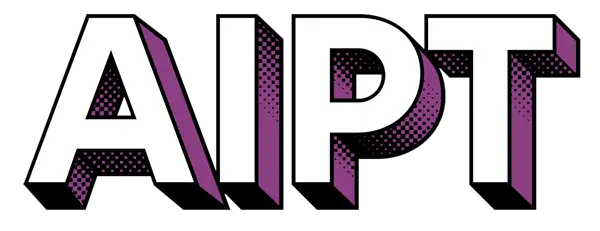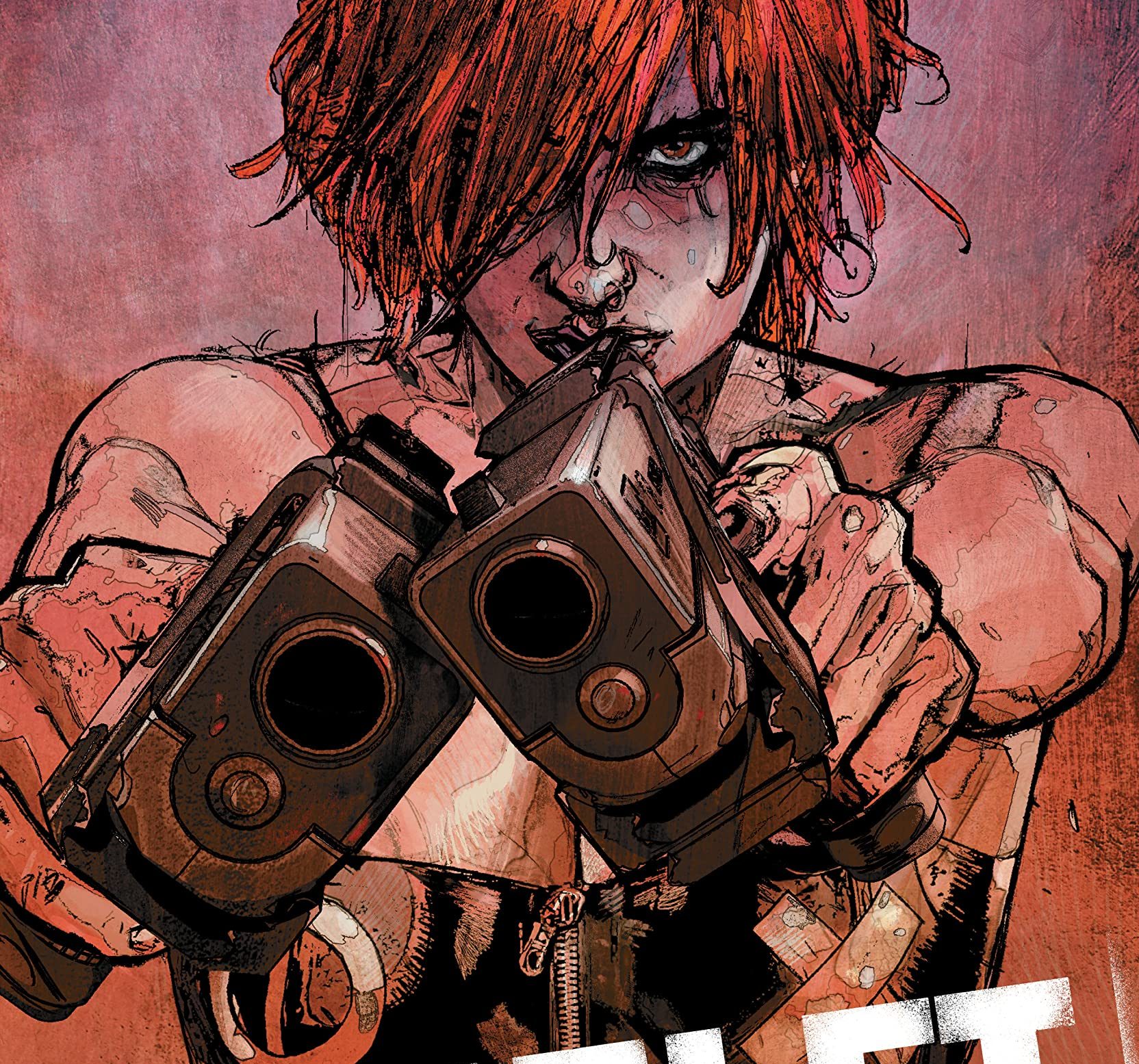As one of the most prolific writers working in comics today, Brian Michael Bendis has a reputation for writing many comics, both creator-owned titles and stories for the Big Two. With so many writing credits under his belt, some of his work can start to blend together. However, occasionally, one title will stand out above the rest – and Scarlet is one of those cases.
Originally published in 2010 by Icon Comics – Marvel’s imprint for creator-owned titles – Scarlet by Bendis and artist Alex Maleev has been in many hands, due to the title going from one publisher to the next as Bendis’ Jinxworld imprint had been part of DC and now Dark Horse. Whilst questions are raised about what exactly Bendis’s current plans with Jinxworld are as part of the home of Hellboy, all 15 issues of Scarlet are collected in a new trade paperback.
Following the sudden death of her first true love and having survived a bullet in the head at the hands of a corrupt policeman, Scarlet Rue from Portland, Oregon starts off on a path of vengeance to start a new American revolution.
The front cover of this comic, in which our eponymous red-haired heroine wields two guns, sells the idea of the book being exploitation and action-orientated. However, like many of Bendis’ female creations, Scarlet herself never feels exploitative and can stand on her two feet, no matter how hard she gets hit, including even getting shot in the head.
The comic often breaks the fourth wall as Scarlet talks to us, the readers, about her goals which is not to provoke anarchy, but to make the world a better place by ridding it of police corruption. That’s not to say she represents to the best of us – given the tragedy she endured, revenge is not out of the equation and even her friend Brandon says that this proposed revolution is complete lunacy.
Sadly, despite being originally published 12 years ago, Scarlet feels as relevant as ever today with the ongoing discussion about police brutality and the importance of a public figure that could lead to riots. Although the politicians and policeman are trying to maintain control, rightly or wrongly, Scarlet is trying to be a hero for the mistreated, even if the responsibility of leading a revolution might be too heavy on her shoulders.
We even get to know some of the mistreated that participate in Scarlet’s revolution, including those who served on an authoritative level for their country and have witnessed firsthand on how people can take advantage of authority. These few sequences of character backstory allow for Alex Maleev to come up with different styles, from watercolored double-page spreads to simplistic black-and-white illustrations. Since we are on the topic of Maleev, who has done a number of collaborations with Bendis, his grainy style of photo-realism works in a story that reflects on the writer’s crime-ridden narratives with a great emphasis on character closeups.
Scarlet is at its best in the first 10 issues, with clever shifts in narrative and character perspective. The remaining issues take a slight dip in quality, which comes down to Bendis trying escalate the stakes even more, even if our titular lead can get out of these sticky situations perhaps too smoothly. Expanding on the escalation by taking Scarlet out of Portland loses a bit of the intimacy that is one the book’s strengths, though we don’t know when Scarlet is coming back and the bonus features from this edition don’t give any indication of such. Hopefully, this series won’t be in limbo for too long.
Join the AIPT Patreon
Want to take our relationship to the next level? Become a patron today to gain access to exclusive perks, such as:
- ❌ Remove all ads on the website
- 💬 Join our Discord community, where we chat about the latest news and releases from everything we cover on AIPT
- 📗 Access to our monthly book club
- 📦 Get a physical trade paperback shipped to you every month
- 💥 And more!













